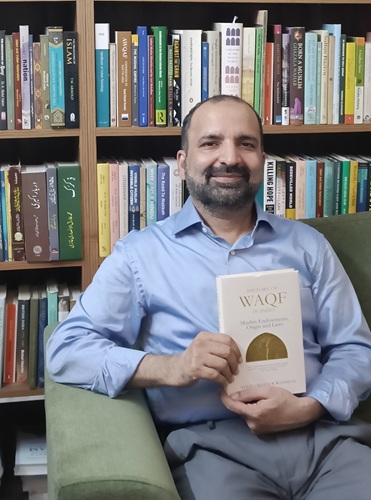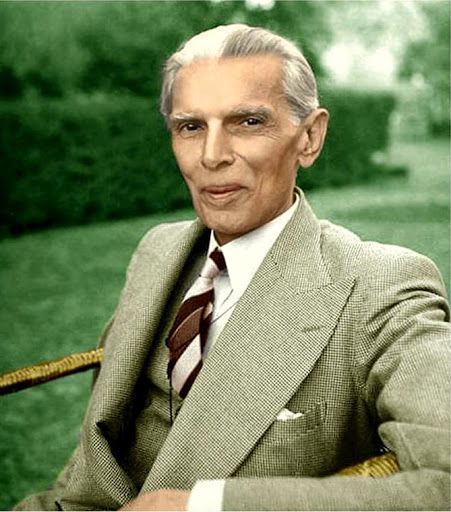Title: E=mc2; Author: David Bodanis; Publisher: Pan Macmillan UK; Pages: 336; Price: Rs 499
For what is the most famous and significant scientific equation ever, E=mc2 (c squared) appears rather simple. But in its five characters — three letters representing significant physical forces or states, a number and a symbol, is the basic blueprint of our universe, the principle of its creation and eventual destruction, and basis of all our advanced modern technology, from lasers to computer chips.
While it is Albert Einstein who discerned it in 1905, in what became his Special Theory of Relativity, this equation actually came on foundations laid through centuries of path-breaking research before him, and was further advanced by some very famous scientists — and many others, specially women, who never received their due.
And telling this engrossing story of boundless vision, stunning mental acrobatics, inspired thought, but also titanic egos and jealousy, massive class and gender prejudice, and sheer bad luck, in a most accessible way, is academician-writer David Bodanis.
In this new edition of his biography of this equation, Bodanis, recounting a touching tribute to his work since it came out 15 years ago, opines that its popularity may not lie in showing how the unparallelled genius that was Einstein made his staggering discovery but something else altogether.
This, the author contends, could includes Einstein’s humility in admitting why his discovery came out this particularly simple way or his belief that this simplicity indicated that there was something deeper beneath our world’s surface though he would not get into ascribing it to religion (he was both scornful of atheists and votaries of organised religions).
Above all, it could be Einstein’s transcendental approach, with his work bringing “together ideas that vastly different researchers had begun to explore”, having understood that they were “yearning for the same goal: to understand how the universe was built”. And while he was conscious that it was unlikely they could succeed, he was also firm that the endeavour had to be undertaken.
Bodanis starts with a brief account of Einstein reaching his conclusion and announcing his discovery, before going on to deal with the evolution of the equation’s five components, detailing the history of energy, the “equal to” sign, mass, celeritas, or the speed of the light, and that too squared (or multiplied by itself).
This is one of the book’s high points, with not only the appearance of famous scientists like Michael Faraday, Issac Newton, Antoine Lavoisier, James Clark Maxwell, but also those whose contributions remain unpublicised — like French philosopher Voltaire’s mistress, Emilie Du Chatelet, who was one of the foremost intellects of her time and contested Newtonian science to ensure that energy of any object would be the product of its mass and velocity squared, not just mass and velocity.
Along with their profound discoveries, there is also much other key — and interesting — information beyond scientific matters, and also the human emotions, perceptions and relations that can advance or retard the pursuit of knowledge, as some scientists would learn.
Subsequently, Bodanis deals with the reactions to Einstein’s equations, its consequential tie-up with radioactivity (with a rather interesting vignette of Einstein’s meeting with Madame Curie), before shifting focus away from the scientist altogether — for some time — towards more experimental science. This deals with the effort to explore the atom and then split it, to get unbelievable amounts of energy.
This leads us to the competing projects during World War II, which had meanwhile started, to create a nuclear bomb (and Allied efforts to stymie the Nazis with plenty of commando action and even a possible James Bond moment or two), before a vivid, apocalyptic description of a bomb hurtling towards Hiroshima one August morning.
Bodanis then takes up e=mc2 into the skies, where we find it explaining black holes (with a prominent role of the Indian-born Subrahmanyan Chandrasekhar) and revealing the apocalyptic end of our universe billions of years hence, before returning to tell the story of Einstein’s final days.
But this book is not only a most accessible account (no other equations or complicated science) of a superlative scientific breakthrough, but also one of humans at their best — and worst — and, above all, the strange but effective universe we inhabit.
(Vikas Datta can be contacted at vikas.d@ians.in )






0 Comments